The Hong Kong Minimally Invasive Brain & Spine Neurosurgery Centre has top specialists who treat complex neurological conditions caused by stroke, tumors, hernias, injuries, and traumas. Each day our skilled neurosurgeons perform dozens of complicated surgeries, saving people’s lives and helping them to restore their health. Thousands of patients go through the doors of our neurosurgery center every year which gives our excellent team of surgeons unparalleled expertise and ability to guarantee exceptional results to all of the patients.
If you are looking for an excellent neurosurgery clinic in Hong Kong, you have come to the right place. Fill in the online form to make an appointment with one of our specialist and start your journey to a healthy and happy life!
Initial stage of treatment is drug therapy for one or two months. The effectiveness of drugs in controlling the pain can help clinical diagnosis. But medications can only be a temporary solution, not a permanent cure for the true cause of trigeminal neuralgia that is: external factors compressing on the nerve and make it short-circuit.
Brain tumors can be subdivided into non-cancerous benign tumor and malignant cancerous tumor. If a tumor is originated within brain compartment ......
Tumors can develop in the vertebrae, nerves, and other tissue throughout your spine. Some spine tumors, such as astrocytomas, occur more commonly in children and adolescents......
Given the disease burden of strokes, prevention is an important public health concern. As stroke neurosurgeons, we do not want to treat stroke unless we are forced to do so for acute stroke ......
Brain tumors grow and compress normal brain tissue. Both benign and malignant tumors can cause swelling of the brain and raised intracranial pressure. Headache, dizziness....
When stroke occurs, brain cells are damaged excessively and some of our brain function is lost.
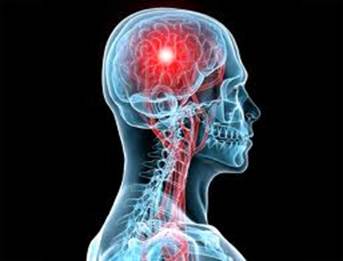
|
Stroke Rehabilitation should begin as soon as the patient's medical condition has been stabilized. The first aim is to prevent such secondary problems as stiff joints, falls, bedsores and pneumonia. Stroke patients may suffer from disabilities in different areas depending on the part of the brain affected and the severity. |
The first six months after stroke is the Golden-Months for greatest neurological recovery and improvement. From six months onward, recovery progress will begin to slow down over the other 18 months. Therefore it is crucial to grasp the first six months of Golden Rehabilitation Period. Significant neurological improvement at limbs power, awareness and consciousness are expected in most patients if adequate clinical care are provided.
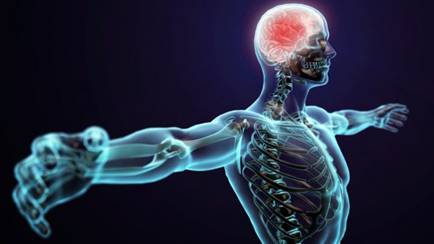
The goal of stroke rehabilitation is to help patients reacquire the ability to carry out the basic activities of daily living, so that they can achieve maximum functionality and independence. After rehabilitation, patients are expected to return to an active and productive lifestyle.
Even though stroke rehabilitation cannot reverse the brain damage, a carefully directed, systematic rehabilitation programme can substantially help patients to reach their maximum potential to live normal lives.
HKBSSP provides quality stroke care and assists patients and their relatives with rehabilitation arrangements. Stroke Rehabilitation team involves doctors, nurses, physical therapists, occupational therapists and speech therapists. Depending on the situation of the patient, individualised programmes are set up specifically suited to the patient's needs in order to regain body functions, mobility, memory, cognitive function, communication skills, and self-care ability.
Rehabilitation can also be arranged to take place at hospitals, sanatorium or home if needed. Depend on individual's need, Traditional Chinese Medicine i.e. acupuncture, Chinese massage, herbal medicine will be part of the rehabilitation programmes.
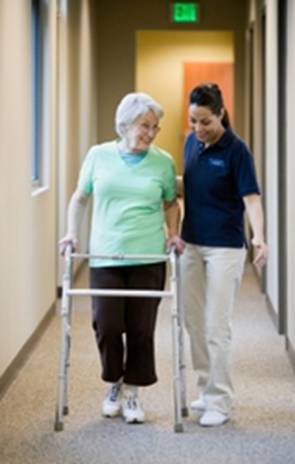
Ischaemic Stroke
Acute Ischaemic Stroke (AIS) accounts for about 70% of stroke cases in Hong Kong. Though its presenting symptoms are not as serious as haemorrhagic stroke, its acute treatments demand a much more urgent time-frame. Being a serious medical emergency, rapid intervention for acute ischemic stroke is crucial. With right treatments performed within Golden-8-Hours to unblocked the brain arteries, ischemic brain cells can be revascularized. Thus the degree of brain cells damage can be minimized and patients has a higher chance of being cured and enjoy full recovery. Thus a short time to treatment is absolutely critical to increase the probability of a good recovery. Some stroke survivors even live like a normal person without suffering from any permanent neurological disability.
Stroke Hotline and Allied Hospitals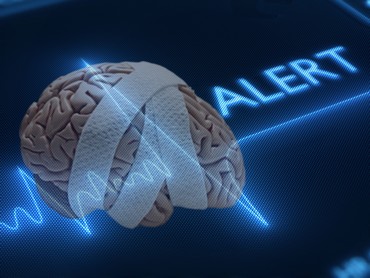
HKBSSP provides comprehensive emergency stroke care services 24 hours a day, 7 days a week. Our Stroke Neurosurgeons, our Stroke nurses work with a team of specially trained medical practitioners under standardised protocols to optimize the management of acute stroke care. Once our Stroke Hotline being activated, our centre manages the logistics of emergency on-site clinical assessment, inter-hospitals transferral, hospital admission, quick medical imaging, timely diagnosis and treatments, and subsequent stroke rehabilitation services.
By enabling a fast and efficient response, smooth communication and logistics, patients are able to receive timely evaluation and diagnosis, immediate organized treatment within the critical therapeutic time frame.
The Deficiency of the Old Golden-3 to 4.5-Hours Regimen
The traditional treatment for acute ischemic stroke (AIS), the Golden-3 to 4.5- Hours Regimen, is the injection of recombinant tissue plasminogen activator (iv rtPA or ‘Activase’) within 3 to 4.5 hours after symptoms onset. However, more than 95% of the AIS patients do not benefit from this due to late presentations to emergency room, or delayed diagnosis, or patients falling into the exclusion criteria of iv rtPA. Furthermore, recombinant tissue plasminogen activator iv rtPA (The Golden-3 Hours Regimen) may not work efficiently for some strokes caused by large vessel occlusions, by long segment blood clots occlusion or by occlusive arterial dissection or injury.
A fine Catheter at Brain, Golden 8 Hours for Brain Revascularization
HKBSSP introduces the new ‘Golden 8 Hours’ concept for emergency treatments for acute ischemic stroke: minimally invasive endovascular procedure (namely Mechanical Thrombectomy) for Brain Revascularization, it precisely fills the gap and deficiency of The Old Golden-3 to 4.5- Hours Regimen of ivrtPA.
Patients can be treated within 8 hours after symptoms onset with minimally invasive endovascular procedure (namely Mechanical Thrombectomy) for Brain Revascularization. The minimally invasive treatment can salvage brain cells by breaking and aspiring the blood clot in the brain. Similar to cardiac percutaneous intervention (Cardiac PCI), Stroke Neurosurgeons will use a micro-catheter device that is passed through the vessels from the groin. Mechanical Thrombectomy treats at the exact point of clot, monitors with guidance of Cerebral Angiogram to ensure high accuracy in blood clot resolution.
Sometimes if there is an underlying diseased and narrowed brain artery that is causing the stroke, our Stroke Neurosurgeons will implant a soft metallic stent for reconstructing the brain artery.
Endovascular Mechanical Thrombectomy for Brain Revascularization.
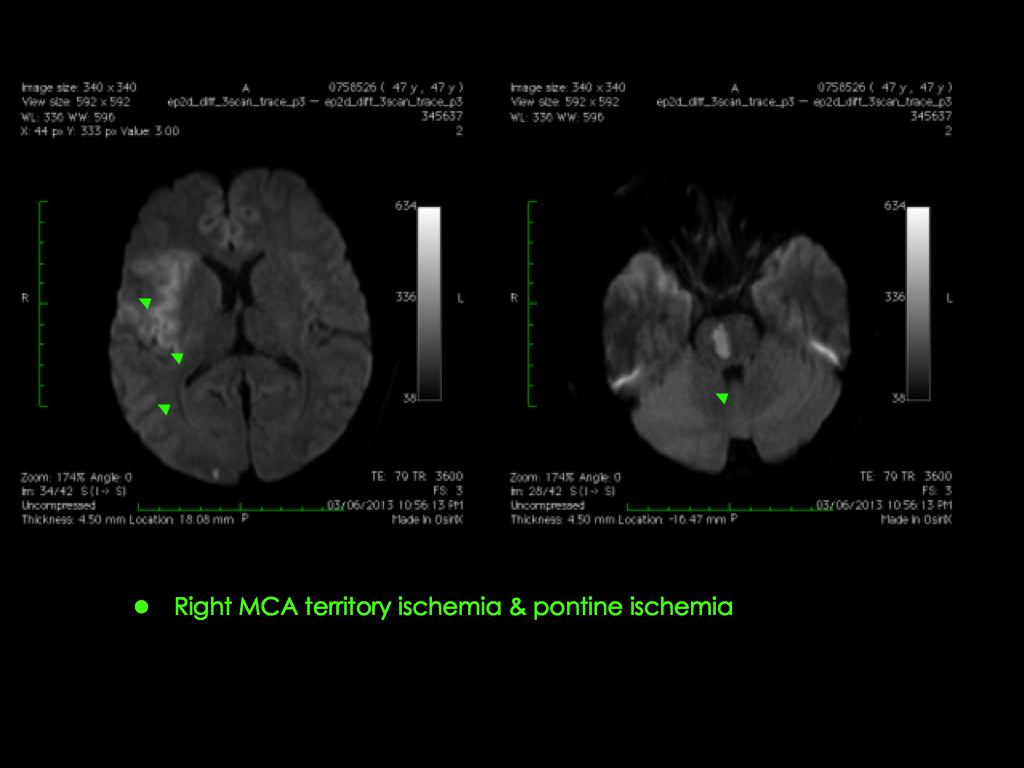
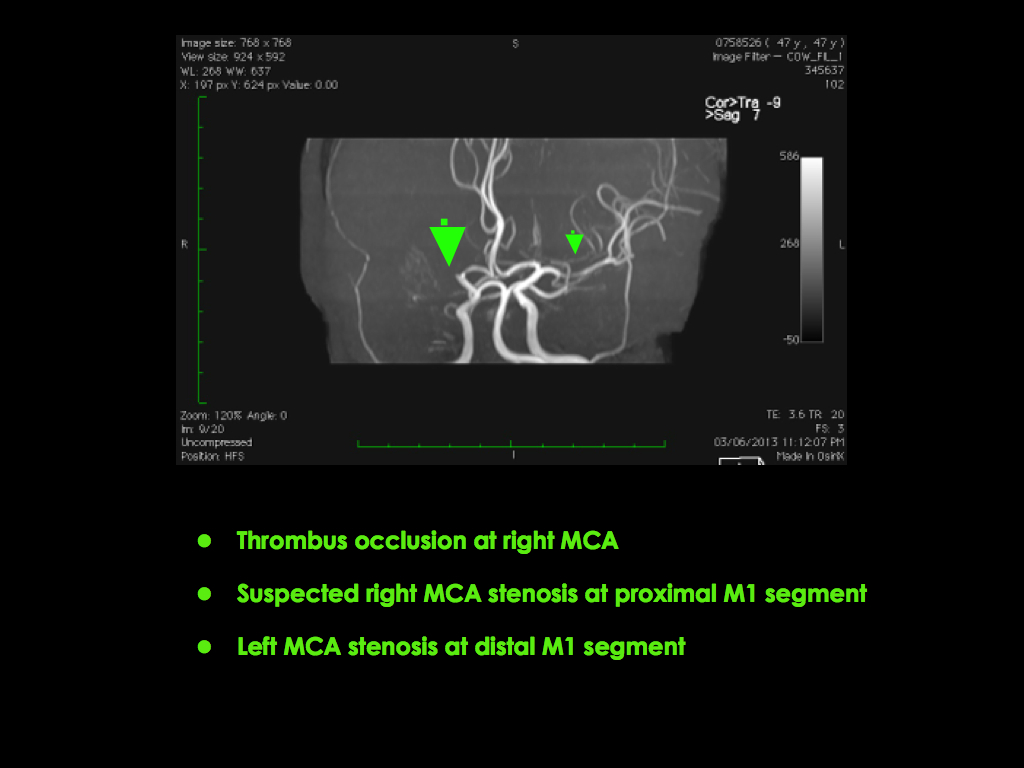
|
1. The micro-catheter device passed through the vessels |
2. The device breaks the blood clot |
|
|
|
|
|
|
|
||
|
3. The device sucks up the blood clot |
|
4. Blood flow is restored |
|
|
|
|
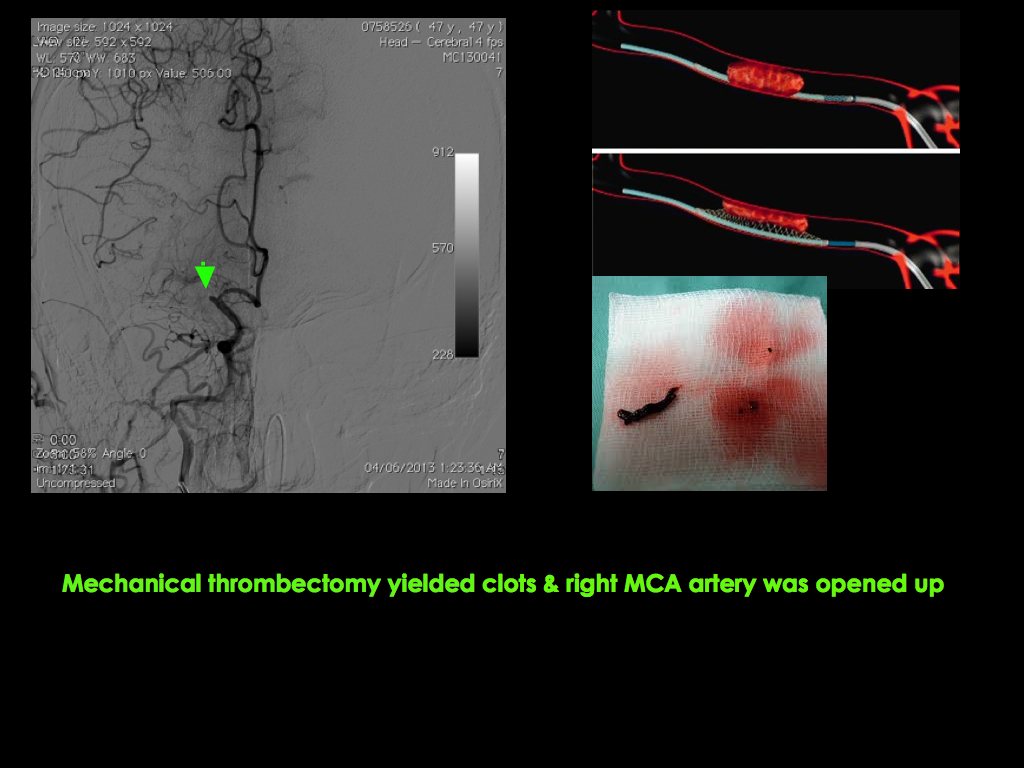
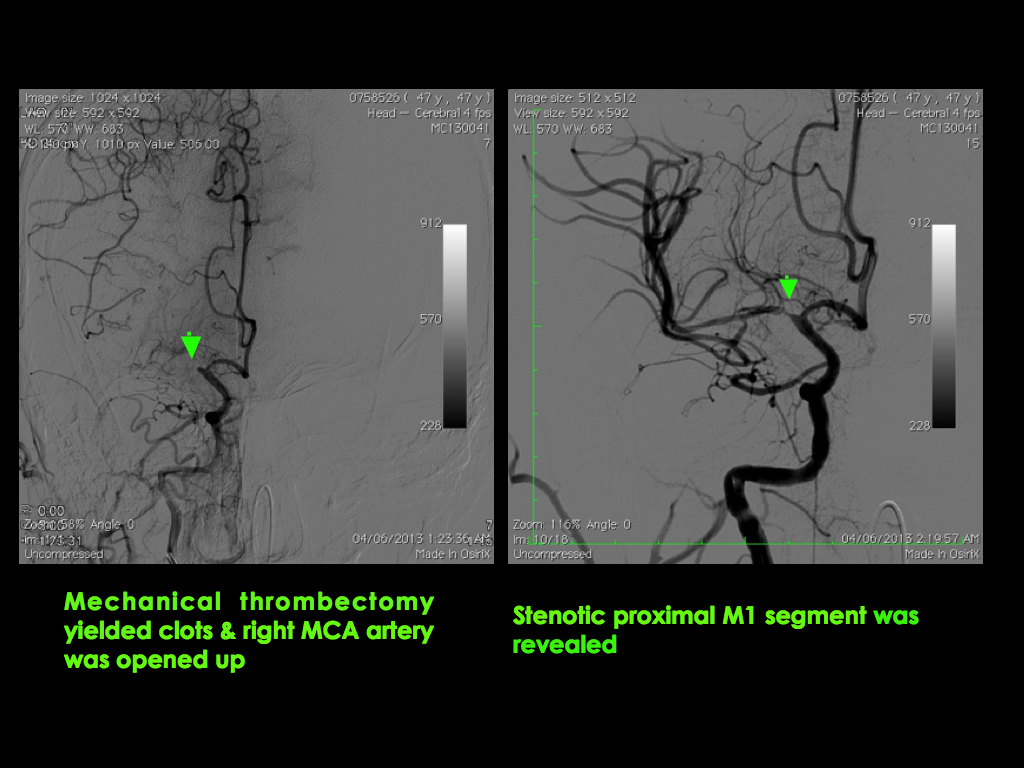
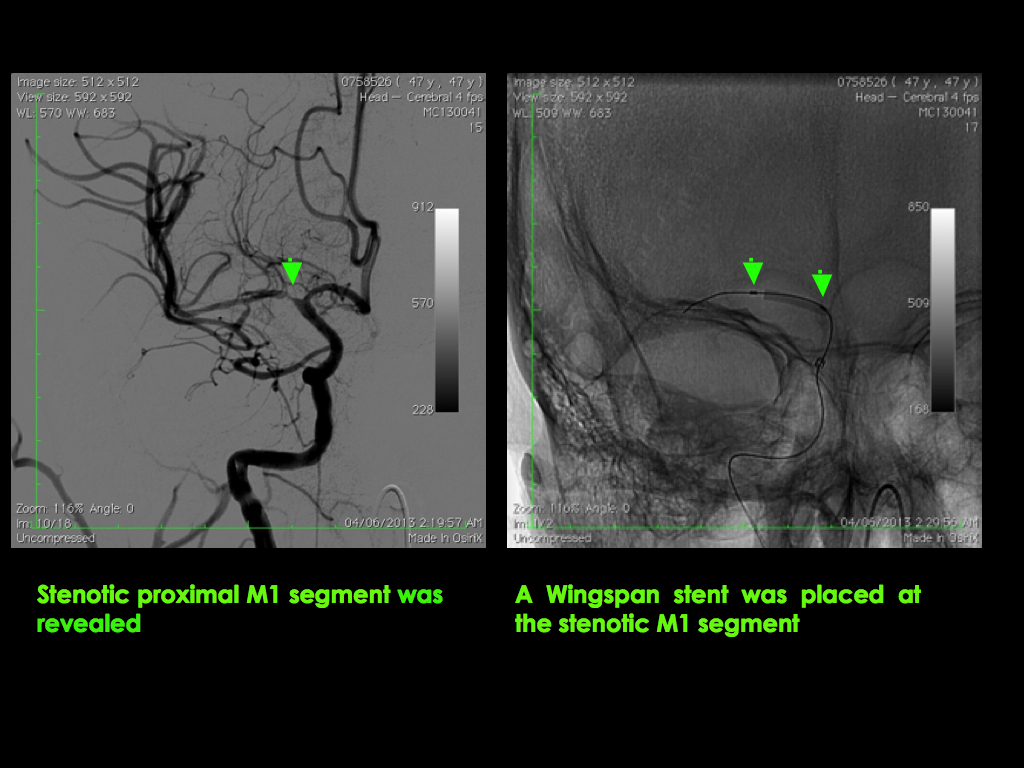
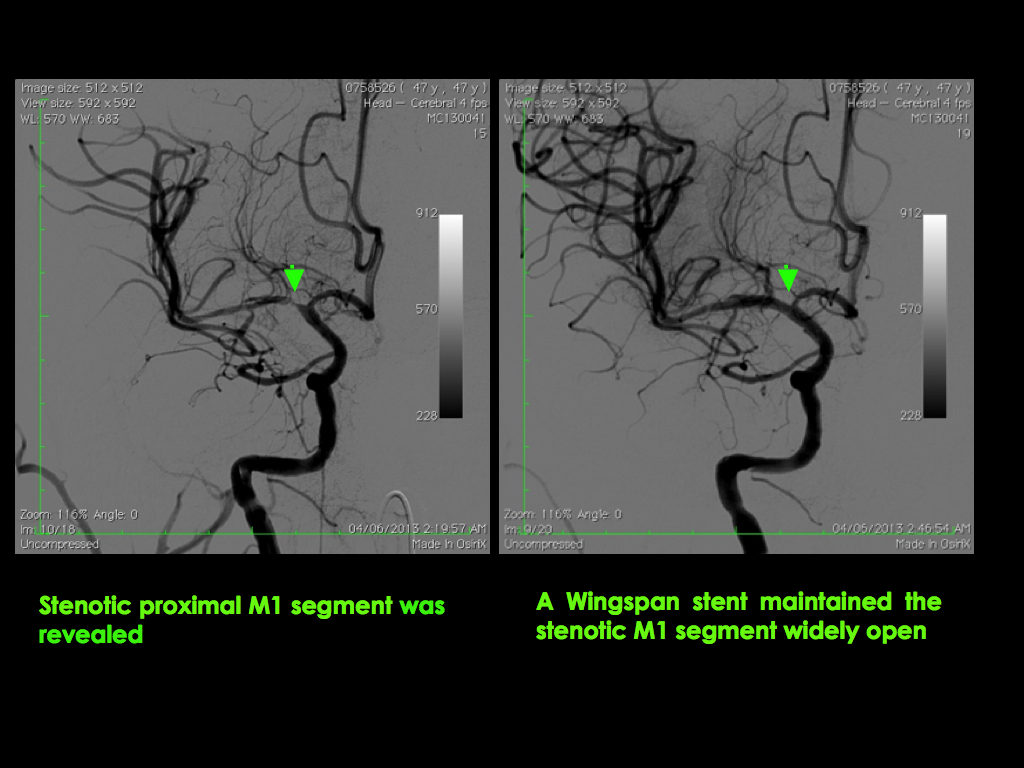
Stroke can be Cured and Stroke Survivor can be a normal person:
Endovascular Mechanical Thrombectomy minimise the volume of damaged cells in the brain, which directly reduces the morbidity and mortality of ischaemic stroke. If being treated within Golden 3 to 8 Hours, all stroke symptoms may be reversible, patients may have a chance of being cured and enjoy full recovery. Some stroke survivors even live like a normal person without suffering from any permanent neurological disability s.
Extended to over Gold-24 Hours
For some posterior circulation ischemic strokes (vertebral-basilar thrombosis causing brainstem stroke) and for some patients with good cerebral collateral blood supply and blood flow , since their ischemic brain can withstand a much longer duration of blood deprivation, the Golden Hours Therapeutic Window can be even extended to beyond 24 hours.
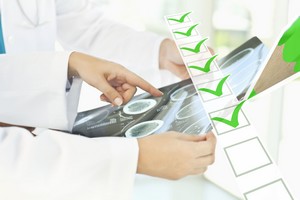 Stroke is formed as a result of cerebral vascular deficits, its incidence increases exponentially from 30 years of age. In fact, the signs of stroke are traceable through risk screening, in which we can identify the health status of the cerebral vessels, intervention can be taken to lower the risk of strokes.
Stroke is formed as a result of cerebral vascular deficits, its incidence increases exponentially from 30 years of age. In fact, the signs of stroke are traceable through risk screening, in which we can identify the health status of the cerebral vessels, intervention can be taken to lower the risk of strokes.
It is advised to conduct a regular brain check up, and the frequency depends on your age group as follow:
| Age | Frequency | ||
| 30-40 years old | 5 - 8 years | ||
| 40-60 years old | 5 years | ||
| over 60 years old | 3 - 5 years |
HKBSSP offers a comprehensive Stroke Screening Programme, screening individuals for known risk factors of stroke and implementing management of modifiable risk factors, the programme includes:
Our vascular neurosurgeon will evaluate the test results from the above items, and will recommend further neuro-radiological imaging, electro-neuro-physiological study & any related tests if necessary.
For further information of what each item includes and price, please contact us via +852 2367 6116 or make booking now.
Given the disease burden of strokes, prevention is an important public health concern. As stroke neurosurgeons, we do not want to treat stroke unless we are forced to do so for acute stroke treatments in emergency setting; we actually want to prevent stroke by promoting stroke risks screening program & stroke prophylactic treatments. 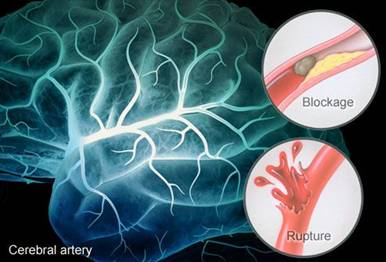
Is stroke survivor prone to more strokes in future life?
Yes— The risk of stroke for someone who has already had one is many times that of a person who has not. If you've had a heart attack, you're also at higher risk of having a stroke, too.
Search and Treat the Real Cause of Stroke to Prevent Further Stroke within short period of time:
With traditional stroke treatments, most treatments were just empirical medications, without searching for the real cause of stroke; nowadays Stroke Neurosurgeons prefer high quality MRI angiogram or cerebral angiogram to search for the real cause of stroke and treat accordingly; so as to prevent stroke from recurring within short period of time.
Stroke prophylactic treatments

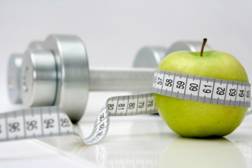

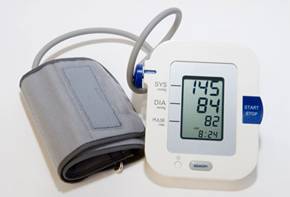

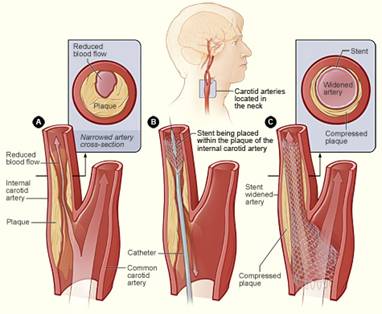
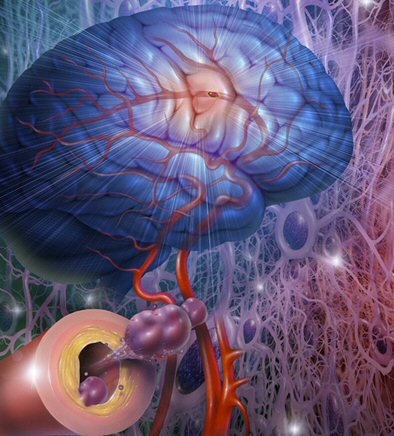
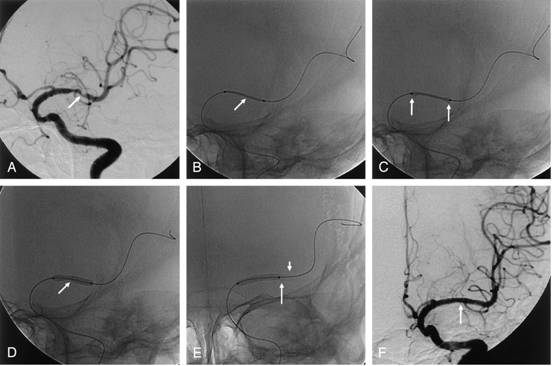
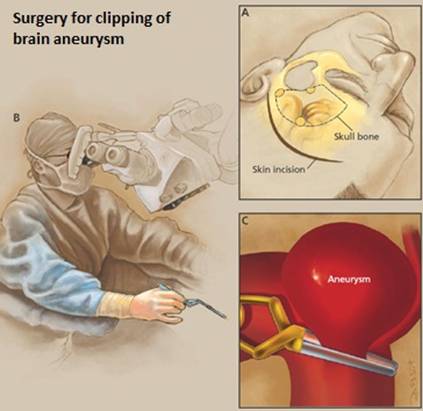
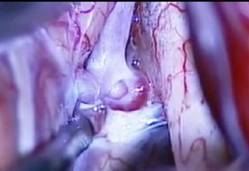
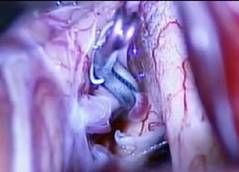
What risk factors for stroke can't be changed?
Age — The chance of having a stroke approximately doubles for each decade of life after age 55. While stroke is common among the elderly, a lot of people under 65 also have strokes. Nowadays due to lifestyle factors, more young adults aged 30-50 years suffered from stroke.
Heredity (family history) — Your stroke risk is greater if a parent, grandparent, sister or brother has had a stroke. The familial trend correlates with that of hypertension, hypercholesterolemia and diabetes mellitus.
Sex (gender) — Stroke is more common in men than in women. In most age groups, more men than women will have a stroke in a given year. However, use of birth control pills and pregnancy pose special risks to female stroke patients, thus more than half of total stroke deaths occur in women. Hence at all ages, more women than men die of stroke.
Prior stroke, TIA or heart attack — The risk of stroke for someone who has already had one is many times that of a person who has not. If you've had a heart attack, you're at higher risk of having a stroke, too.
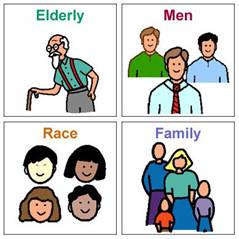
What stroke risk factors can be changed treated or controlled?
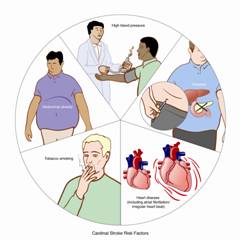
Poor diet — Diets high in saturated fat, trans fat and cholesterol can raise blood cholesterol levels. Diets high in sodium (salt) can contribute to increased blood pressure. Diets with excess calories can contribute to obesity. Also, a diet containing five or more servings of fruits and vegetables per day may reduce the risk of stroke.
Physical inactivity and obesity — Being inactive, obese or both can increase your risk of high blood pressure, high blood cholesterol, diabetes, heart disease and stroke. Try to get a total of at least 30 minutes of activity on most or all days.
Regular resting time & sleep---In our clinical experience, recent illness, inadequate rest and sleeping pattern trigger stroke attack in patients who are already stroke prone by their preexisting risk factors.
Cigarette smoking (active and passive)— In recent years, studies have shown cigarette smoking to be an important risk factor for stroke. The nicotine and carbon monoxide in cigarette smoke damage the cardiovascular system in many ways.
Drugs---The use of oral contraceptives combined with cigarette smoking greatly increases stroke risk. Soft drugs abuse also impose risk of having a stroke.
Alcohol abuse — Alcohol abuse can lead to multiple medical complications, including stroke. Excessive alcohol consumption can cause stroke. For those who consume alcohol, a recommendation of no more than two drinks per day for men and no more than one drink per day for non-pregnant women best reflects the state of the science for alcohol and stroke risk.
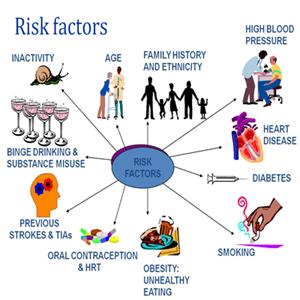
High blood pressure — High blood pressure is the leading cause of stroke (accounts for 35-50% of stroke risk) and the most important controllable risk factor for stroke. Many people believe that effective treatment of high blood pressure is a key reason for the accelerated decline in the death rates for stroke. However in some special clinical conditions i.e. in patients with pre-existing of vascular stenosis e.g. Carotid artery stenosis, a slightly higher blood pressure level are needed to be tailored-made by a stroke neurosurgeon.
High blood cholesterol — High blood cholesterol cause atherosclerosis and thus increased the risk for stroke. It appears that low HDL ("good") cholesterol is a risk factor for stroke in men, but more data are needed to verify its effect in women. Lipid lowering drugs have been shown to reduce the risk of stroke by about 15%
Diabetes mellitus — Diabetes carries familial trend and is an independent risk factor for stroke. Diabetes mellitus increases the risk of stroke by 2 to 3 times. Many people with diabetes also have high blood pressure, high blood cholesterol and are overweight. This increases their risk even more.
Carotid or intracranial artery disease — The carotid arteries in your neck supply blood to your brain. Carotid artery stenosis is a disease caused by atherosclerosis fatty deposits forming a plaque to narrow the lumen of the artery. The blood flow to supply brain was thus jeopardized; it may or may not cause symptoms to patient. Sometimes small fatty deposits at arterial wall may dislodge, flow distally and block the brain vessels and cause embolic stroke. Sometimes the disease also made the carotid artery being prone to injury (arterial dissection injury) or prone to be blocked by a blood clot, thus leading to major stroke. When the artery disease happens at arteries inside the brain i.e. intracranial artery stenosis, it will also cause stroke in a similar manner.
Peripheral artery disease — This is the narrowing of blood vessels carrying blood to limbs and organs. It's caused by fatty buildups of plaque in artery walls. People with peripheral artery disease have a higher risk of carotid artery disease or intracranial vessels disease, which raises their risk of stroke.
Atrial fibrillation — Being common in elderly, this heart rhythm disorder raises the risk for stroke. The heart's upper chambers quiver instead of beating effectively, which can let the blood pool and clot. If a clot breaks off, enters the bloodstream and lodges in an artery leading to the brain, a stroke results. Those with atrial fibrillation have a 5% a year risk of stroke, and this risk is higher in those with valvular atrial fibrillation. [Depending on the stroke risk, anticoagulation or anti-platelet drugs is warranted for stroke prevention
Other heart disease — People with some types of congenital heart defects, heart valve disease, coronary heart disease, dilated cardiomyopathy (an enlarged heart), heart failure have a higher risk of stroke than those with hearts that work normally.